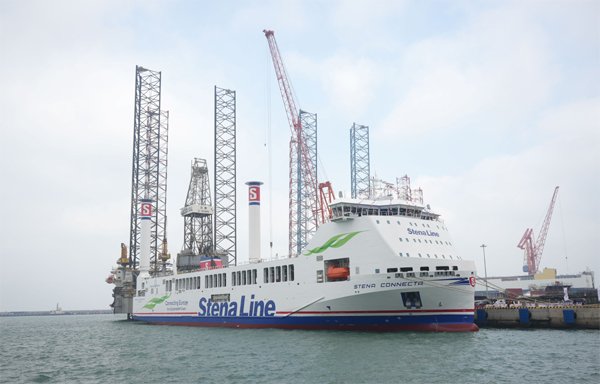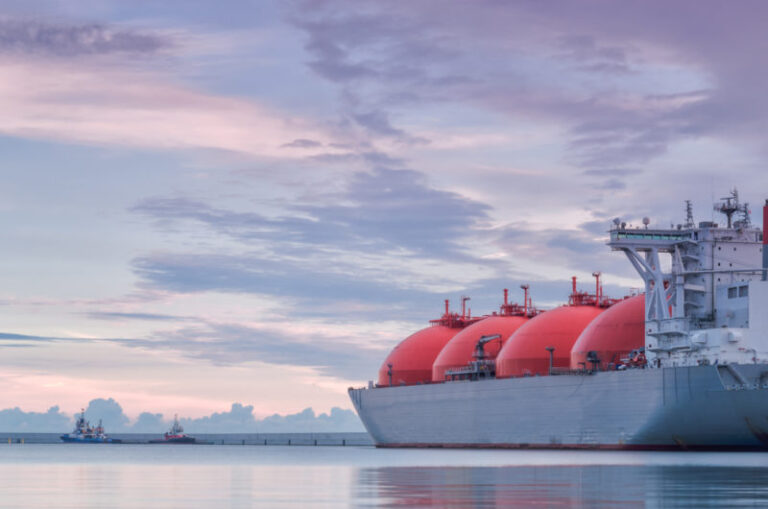

The Port of Los Angeles is furthering its progress in reducing pollution from all sources that move cargo through its gateway. In 2024, when the Port saw a 19% year-over-year increase in container volume, it recorded its best year ever for reducing emissions on a per container basis, according to the Port’s new Inventory of Air Emissions.
Since 2005, the Port has cut overall emissions of diesel particulate matter (DPM) by 90%, sulfur oxides (SOx) by 98% and nitrogen oxides (NOx) by 73%. For every 10,000 containers, emissions of DPM, SOx and NOx are down 93%, 99% and 81%.
“Thanks to our core strategies, we continue to see the significant long-term air quality gains we have achieved with our partners and programs,” said Los Angeles Harbor Commission President Lucille Roybal-Allard. “Going forward, we remain committed to our ultimate goal of eliminating emissions from port-related sources.”
“Two decades ago, we made a commitment to grow green,” said Port of Los Angeles Executive Director Gene Seroka. “The report shows we are doing just that – moving cargo more sustainably than ever, while driving cargo volume increases.”
Each year, the Port inventories air pollution from ships, trucks, trains, harbor craft and cargo-handling equipment to measure the results of its clean air strategies and programs. The Port also evaluates its progress on a per container basis to analyze the efficiency of its pollution reduction initiatives. The new report is based on trade activity during calendar year 2024.
In addition to ground-level pollution, the Port’s clean air strategies target greenhouse gas (GHG) emissions that contribute to climate change. Overall, Port measures have resulted in an 18% reduction in GHGs since 2005. On a per container basis, GHGs are down 40%.
In 2024, the Port handled nearly 10.3 million Twenty-Foot Equivalent units (TEUs), the standard measurement for international containers. The 19% year-over-year jump in container volume is the largest annual percentage increase in Port history. The increase led to single-digit increases of DPM and GHG emissions, both up 8% and SOx up 5% from 2023. NOx emissions remained flat at their 2023 level.
Long-term trends and strategies reducing emissions include fewer ships, each with greater capacity, delivering more cargo. With these newer, more efficient vessels calling at the Port, container ship arrivals have fallen 34% while container volume has grown 38% since 2005.
The ongoing shift to cleaner-burning fuels, zero-emissions technology, and cleaner ships, trucks and cargo-handling equipment is also driving better air quality. Improvements in data analytics, technology, operations and advanced planning create additional efficiencies that lower emissions while keeping cargo moving.
The Port also tracks its near-term progress. Since 2017 when the Port updated its Clean Air Action Plan, emissions of DPM, NOx, SOx and GHGs are down 12%, 34%, 24% and 6%. The findings reflect important clean air gains made in recent years.
Prior to the annual inventory’s release, regional, state and federal air regulatory agencies review the data and findings. Their review validates Port progress and helps shape how the Port moves forward to achieve its zero-emissions goals.
The Port continues to pursue a combination of lease requirements, incentive programs, grants and partnerships to accelerate the transition to cleaner equipment and practices. The Port’s measures include international initiatives to decarbonize the global shipping industry focused on collaborating with major ports in Asia to reduce GHGs by developing green shipping corridors.



